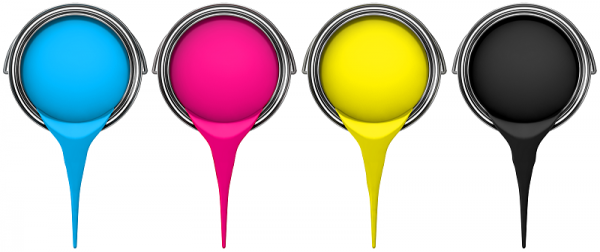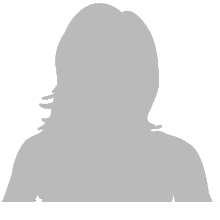Company Blog
Products for Filtration, Separation, Sifting and Printing
What Printing Mesh used for 4-Color Printing Process
- Font size: Larger Smaller
- Hits: 8444
- Subscribe to this entry
- Bookmark

Question
When printing four-color process, we know the importance of the angles used for the dots on the color separations. We also know we have to avoid certain combinations of mesh count with dots per inch on the positive in order to avoid moiré. What we are looking for are some guidelines on which mesh specification is most suitable for printing four-color process, and how fine a dot we should be able to hold.
Guidelines
The first thing to realize when printing four-color process is that screen tension is of paramount importance. Within this area, there are two factors that need to be controlled. Number one, it is important that all four screens are at the same tension level within one or two newtons, or you will have registration problems. If you increase off-contact in order to get better release of one screen out of the wet ink film, then the image on that screen prints bigger, causing misregistration.
Second, a minimum tension level of 20N is suggested. Less than this may not provide enough snap to cleanly release the stencil from the wet ink film once the squeegee passes. Failure to achieve this means that the screen drags in the wet ink and causes dot gain.
To address both these points, you will have maximum control over your screens if you use a Hitech (low-elongation) screen mesh. This type of mesh is designed to be more stable with respect to holding tension over time. This doesn't mean, however, that you should push the fabric to its limit by trying to achieve the highest possible tensions. It is more important to achieve consistent tension levels while working above the minimum requirement.
Our next recommendation is to use plain weave mesh. As a result of advances in weaving techniques, plain weave mesh is available in some of the finer mesh counts that traditionally were too difficult to produce, and so had to be woven with a twill, or even a double twill construction. The bottom line is that plain weave mesh interferes less with the way ink flows on the print, by virtue of its minimal contact area, or footprint, since only the crown of the mesh knuckles touch the substrate. Twill weave mesh will cause more problems with dot gain, and can even introduce moiré where you wouldn't expect it.
As far as how fine a dot you should be able to hold, that depends mainly on the mesh count you use, and on the thread diameter chosen. Minimum printable dot size, in microns, will then translate into a certain percentage of highlight dot, which depends on the halftone ruling (or number of dots per inch).
This minimum detail, that you can cleanly and consistently print, corresponds to openings in the stencil that are equal to one mesh opening plus one and a half thread diameters. Hence the relationship with mesh count and thread diameter.
If we choose a 305 plain weave mesh with 34 micron threads as an example, then so long as everything else is optimized (screen tension, ink, squeegee, etc.), it should be possible to print down to 100 micron dots. This corresponds to 3% on a 45-line halftone, but only 9% on an 85-line. Detail smaller than this, for instance if your 85-line positive contains 7% dots, will always print as a moiré pattern.
An analogous situation exists in shadow areas of the print in order to ensure stencil durability during printing. Small spots of stencil clinging to the mesh, which you rely upon to block the flow of ink and distinguish between heavy mid to shadow tones, have to bridge between and adhere to a minimum of three mesh threads. Less than this, and shadow areas will quickly develop a spotty appearance, and again this may take the form of a moiré pattern. If we take the case of our 305.PW 34 mesh, the darkest tone on your positive that is safe to print corresponds to 94% on a 45-line halftone or 80% on an 85-line.
The following table compares the tonal range of some common halftone rulings that should be able to be printed through the mesh types shown.
|
Mesh |
Range of Dot Percent | ||
|
Mesh Count / Weave / Thread Diameter |
45 Line |
65 Line |
85 Line |
|
196.PW 55 |
6% - 86% |
13% - 71% |
21% - 51% |
|
230.PW 48 |
4% - 90% |
9% - 78% |
15% - 63% |
|
280.PW 40 |
3% - 93% |
6% - 86% |
11% - 75% |
|
305.PW 34 |
3% - 94% |
5% - 89% |
9% - 80% |
|
305.PW 31 |
2% - 96% |
4% - 91% |
7% - 85% |
|
380.PW 31 |
2% - 97% |
4% - 93% |
6% - 88% |
If your specifications were that you have to be able to print a tonal range of 10%-85%, then you can see from the chart that there is a minimum mesh count that you shouldn't drop below. For instance, an 85-line halftone would require the use of a 355 mesh or higher.
Higher mesh counts than the minimum can also be used if you want to print with a lower ink deposit, or you may be able to simply switch thread diameter.
Last modified on




